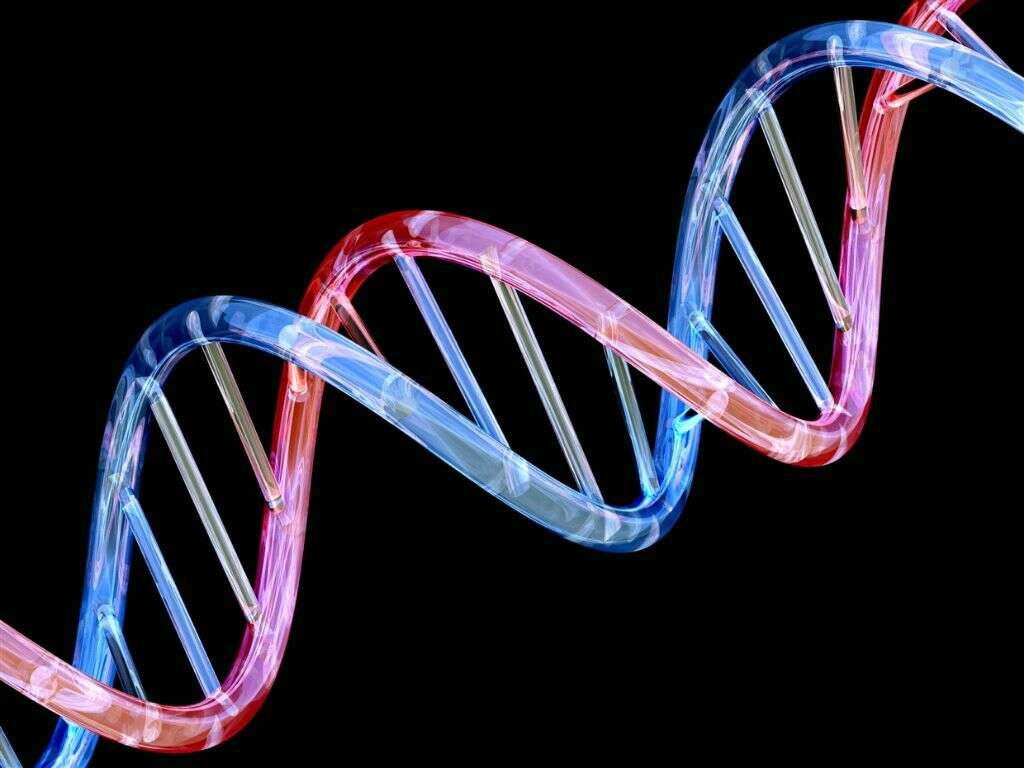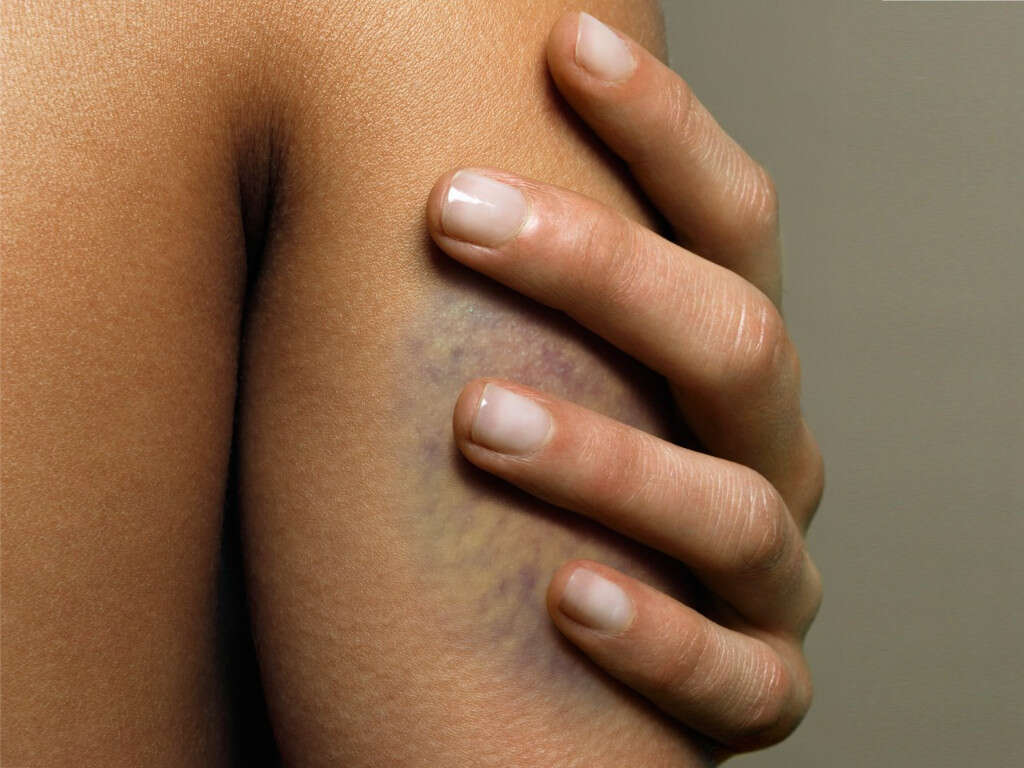What Is EDS Disease?
Our body has a frame, the skeleton, on which our flesh, organs, and everything else are supported. The skeleton is made up of different parts, while the rest of our body is also made up of different parts. This means it is necessary for everything to be held in place, lest our body parts start falling away from each other.
Throughout our bodies are connective tissues that perform this role. They help to keep our joints together, and help to keep our organs and other tissues in place. They play an essential role in our bodies and we could develop real problems if something went wrong. Things can go wrong, and one example of this is EDS disease.
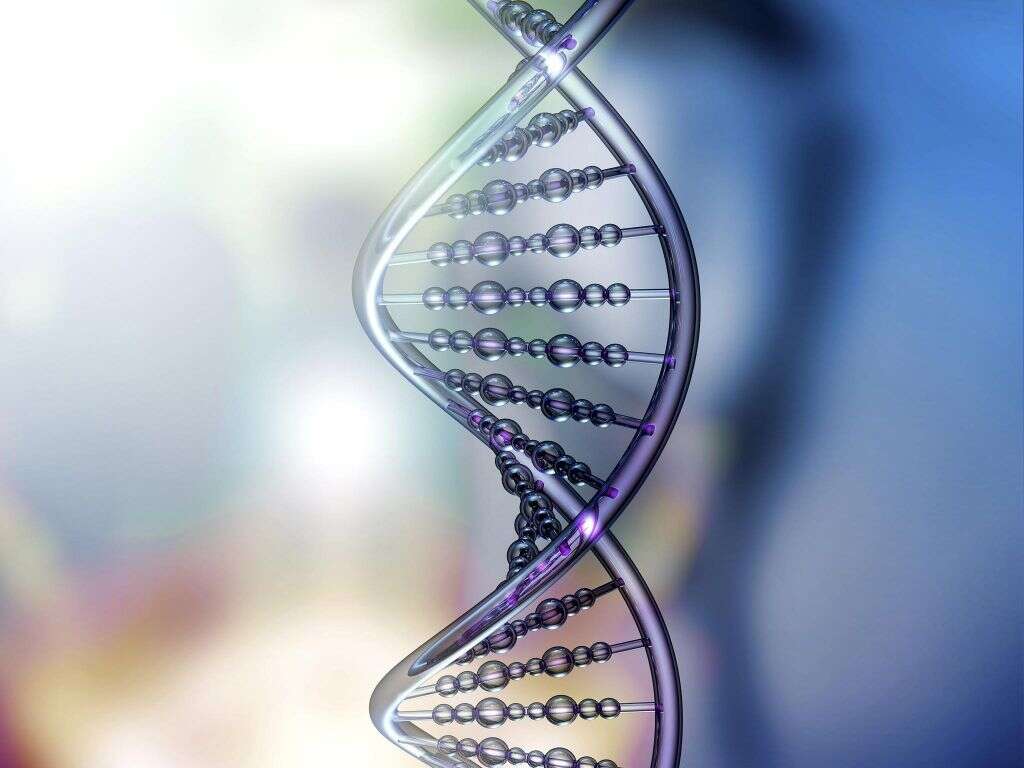
1. Ehlers-Danlos Syndrome (Classical)
Our connective tissues are made up of a variety of substances. These substances exist in the right balance in order to help ensure the connective tissues are strong enough to be able to withstand the forces they will be put under. The same tissues also need to be elastic enough to allow for movement and flexibility.
EDS disease, or Ehlers-Danlos syndrome, is a condition that affects the connective tissues in a way that affects their strength, and their elasticity. It can cause the skin to become far more stretchy than usual, and more fragile than usual, while the patient’s joints can be far more flexible than usual.

2. Ehlers-Danlos Syndrome (Hypermobile)
Hypermobile EDS syndrome is the most common variety of the condition. It tends to affect joints more so than the skin and can result in a number of unwelcome symptoms. Its main characteristics are joints that are even more flexible than in the classical variety. The patient’s joints can also be very loose, and they can dislocate far more easily than is usual.
Patients are also likely to experience joint pain as well as a clicking sensation in their joints. Incontinence can also be a problem, and organ prolapse is also a possibility. An increased heart rate and dizziness are other potential problems, while the patient can also experience heartburn, constipation, and digestive issues.

3. Ehlers-Danlos Syndrome (Vascular Type)
Another variety of EDS disease is Ehlers-Danlos syndrome, vascular type. It also affects our connective tissues but instead of affecting the skin and joints, it affects our internal organs and blood vessels instead. It is the most serious form of EDS disease and is also, thankfully, the rarest.
The condition means it is far easier than usual for the patient’s internal organs and blood vessels to split open. This can be life-threatening as the patient stands to lose a lot of blood if the bleeding cannot be stopped in time. Patients with the condition will need to be very cautious to prevent any injury to themselves.

4. Kyphoscoliotic EDS
Kyphoscoliotic EDS disease causes some symptoms that are quite different to the other types. One of which is a curvature of the spine that can result in considerable disfigurement. This symptom will start when the patient is young and will worsen when the patient is a teenager.
The patient will also have weak muscles at a very young age, and this can mean that they start crawling or walking at a later age than usual. They can also have loose joints that will dislocate more easily than usual. The patient’s skin is also likely to be stretchy, velvety, and soft. It can also scar and bruise easily. They can also find that their eyes will damage easily.

5. Causes
EDS is an inherited disease. There are two main ways it can be inherited. One of these is autosomal recessive inheritance. This means that the gene responsible will need to be inherited from both parents. There is a 25% risk that the patient will pass on the condition to their children.
The other way is autosomal dominant inheritance. In this type, the gene responsible only needs to be passed on by one parent. The chances of the patient passing it onto their children are 50%. Different types of EDS disease will be passed on in different ways. While it does tend to be inherited, it will sometimes occur when there is no history of the condition in the patient’s family.

6. Complications
The severity of the symptoms will vary from patient to patient and, in many cases, there will be little to no disruption to the patient’s life. In other cases, however, EDS disease can result in some potentially very dangerous complications. As mentioned, some people can dislocate their joints easily, which can be very problematic indeed.
Different types of the disease can cause very fragile skin, and broken skin can lead to infections and other problems. As mentioned with the vascular type, organs and blood vessels can rupture easily, potentially causing some extremely dangerous situations. The disease can become even riskier if the patient becomes pregnant.

7. Prevention
Because EDS disease can happen even when there is no history of the condition in the family, it is all but impossible to be completely protected against it. If you do have the condition yourself, however, or if there is a history of it in your family, then it would be wise to speak with a genetic counselor.
An expert can help assess the risk that your condition will pose to any children you might have. Will it be passed on and, if it is, what type will it be and how severe are the symptoms likely to be for them?

8. Diagnosis
The physical symptoms alone are often enough for professionals to reach a diagnosis after a brief physical examination. This is especially the case if there is a history of the condition. Regardless, doctors will still likely wish to perform additional tests to confirm the diagnosis.
One way to get a confirmation of the diagnosis is by way of genetic testing to help look for the presence of the faulty gene. EDS will also often cause abnormalities such as a mitral valve prolapse, which allows blood to leak back into the left atrium of the heart. An echocardiogram will help give an image of the heart and of the surrounding blood vessels, helping them to identify problems associated with EDS disease.
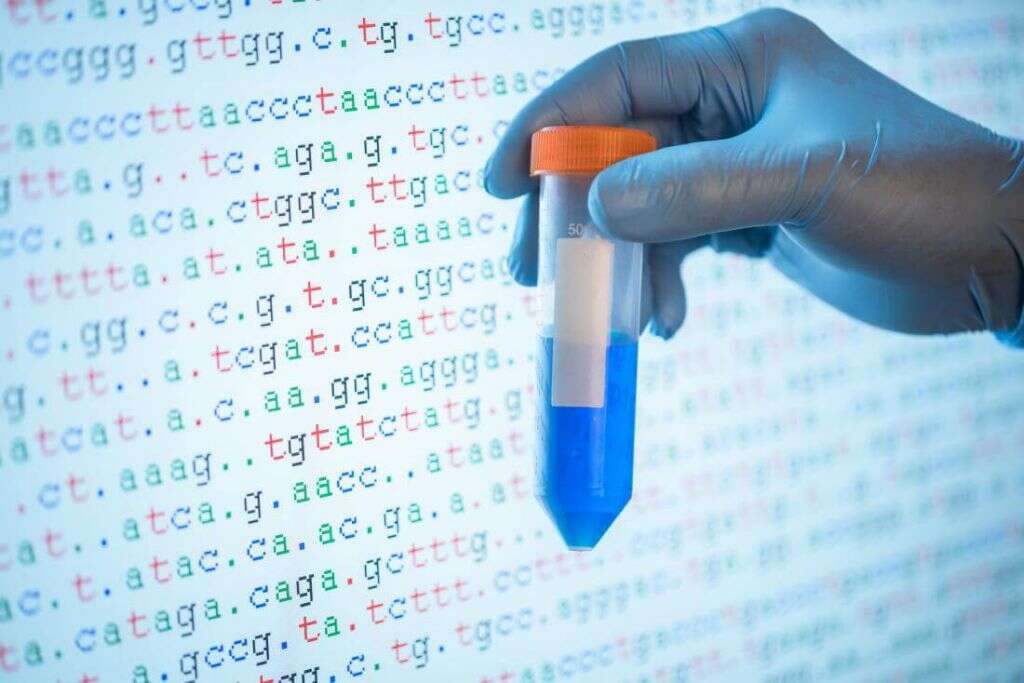
9. Medication
As things stand, there is no way to cure EDS disease. The disease can still be managed in many cases, however, to help limit the severity of the patient’s symptoms. In vascular type EDS disease, medication may be provided to help keep the patient’s blood pressure low. This will help prevent too much strain being placed on their weakened blood vessels.
EDS disease can also cause pain and can also lead to injuries. This means the patient will likely need painkillers to help make them more comfortable. Antibiotics will also likely be needed to help with infections form injuries and broken skin.
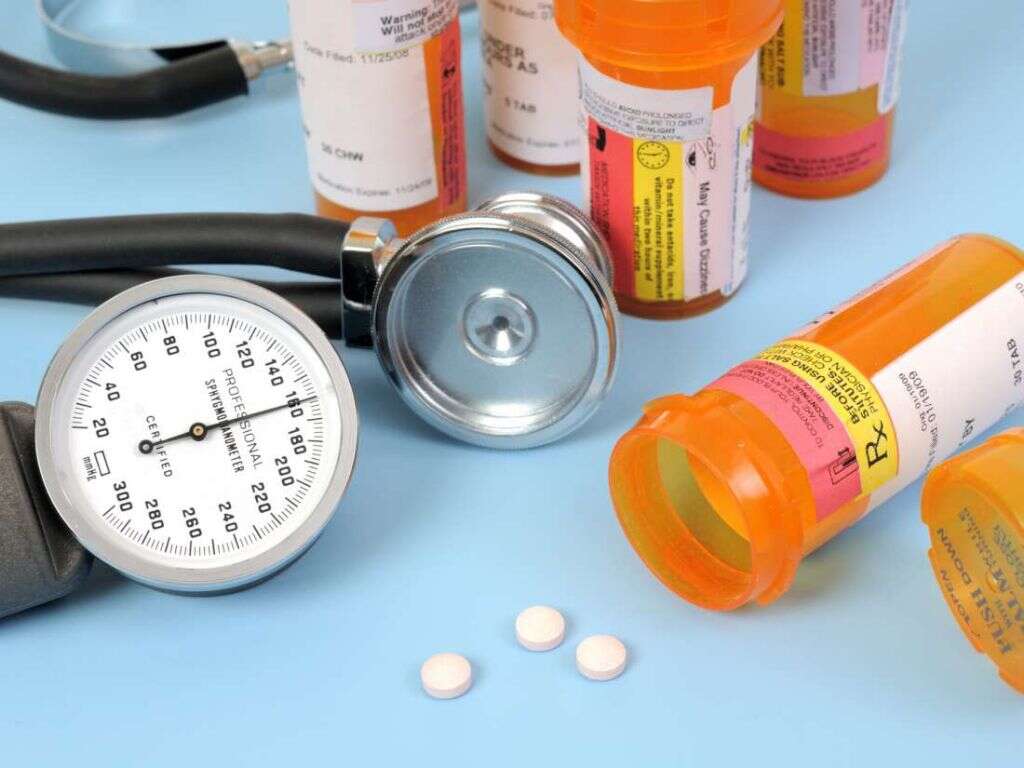
10. Physical Therapy
In addition to medication, EDS disease patients will also likely be prescribed physical therapy, which will benefit the patient in a number of ways. Stronger muscles will help to fortify joints, making dislocations and other injuries less likely. Braces may also be used to further prevent dislocations from happening.
Many patients with EDS disease will still pick up injuries regardless. This can mean that surgery is necessary to help repair injuries. As mentioned, vascular type EDS disease can cause organs and blood vessels to become ruptured, and this will also likely need surgery. The patient will also need to make certain lifestyle decisions to help reduce the risk of injuries.











